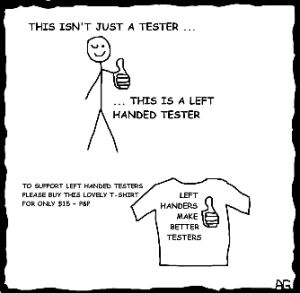A big part of the DevOps movement is the passion and commitment to “automate everything” and provide as much self-service as humanly possible. I’m a big believer in automation…not because I’m lazy, but rather because I have a desire to make all things repeatable, reliable and robust. I call those the “Three R’s” and they are a huge part of why I became a big believer in a 4th “R” which is called Rundeck. Note, I’m not the author of Rundeck. The awesome guys at SimplifyOps were the authors. I’m just a user, fan and admirer of cool, easy to use technology. Below is a quick passage about Rundeck…
Rundeck is an open-source software Job scheduler and Run Book Automation system for automating routine processes across development and production environments. It combines task scheduling, multi-node command execution, workflow orchestration and logs everything that happens. Access control policy governs who executes actions across nodes via the configured “node executor” (default for unix uses SSH) and does not require any additional remote software.[1] to be installed on them. Jobs and plugins can be written in scripting languages or Java. The workflow system can be extended by creating custom step plugins to interface external tools and services.
I’m a big fan of Rundeck for a number of reasons. My first reason is pretty straightforward. Basically, it’s a simple web application that provides the basic controls and workflow for self-service. The simple web gui is just so easy to use that anyone can understand how to use it with little training. My second reason is that it pretty much can make use of any automation/scripting framework out on the market. Third, it gives developers, operations engineers or even support staff a simple workflow for doing work on a server without ever logging into the server. Fourth and certainly not last is that it provides an audit and tracking system. There are other key things such as scheduling and reporting, which are super easy-to-use features to enjoy as well.
Long before the SimplifyOps guys built Rundeck, my old team at Blackboard built an automation engine we called Galileo. My team built it in Groovy/Grails. It was a lot like Rundeck, but not as simple to contribute and extend. It served a great purpose during its time. It helped us achieve so many of the needs I listed above. It required a listener on each destination client. Rundeck works without an installation on the client system. All that’s needed is an SSH key or simply passing login credentials for a trusted user within the script.
Crowd-Sourcing Development
One of the cool things that the SimplifyOps guys do is crowd-source their development via Trello, which is one of the best kanban boards available (for freemium btw) on the market. Their board is public for everyone to follow, vote and even contribute.




